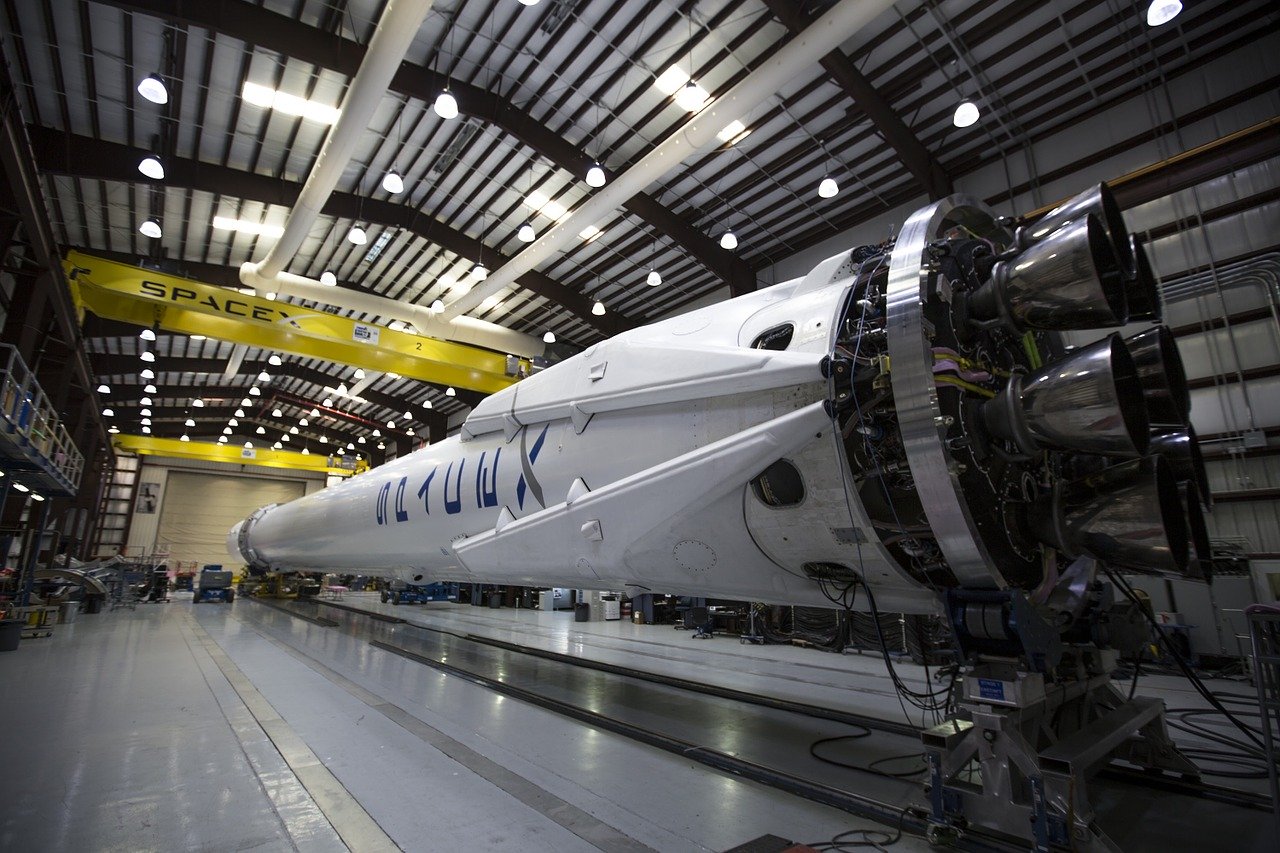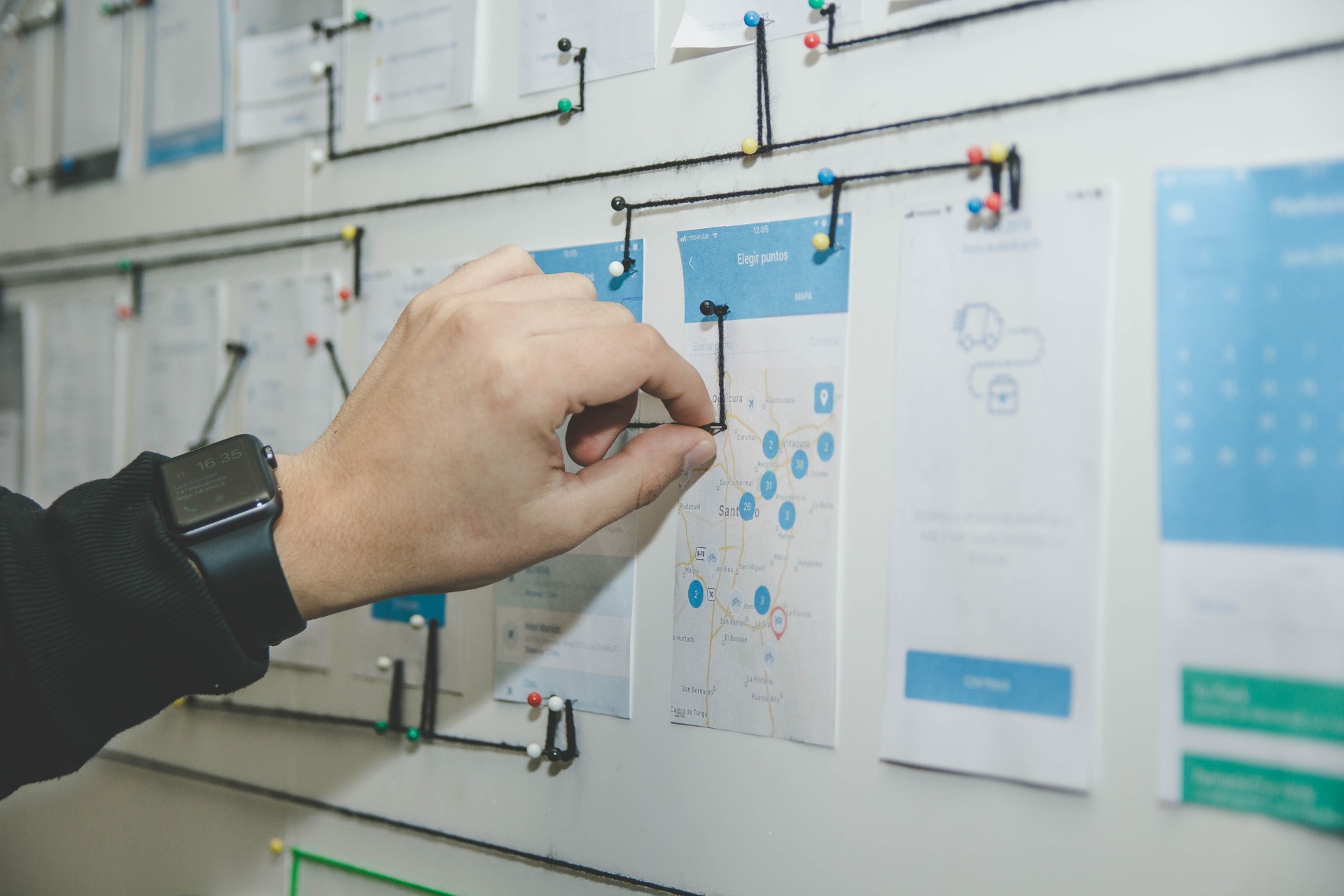Reliability Engineering: the R of RAMS
Nowadays, it is essential that the assets of any company, organisation or institution are reliable in order to compete in an increasingly competitive and hostile market, where costs are often the most important variable for success of the company. For this reason, it is necessary to know and study in depth the elements related to the R of RAMS, Reliability.
To this end, we define the concept of Reliability as the capacity to correctly execute a function sustained over time. The reliability is related to production, cost, human safety, and environmental prevention. Monitoring reliability is particularly important to efficiently manage any service or system.
Today's assets are increasingly complex, which is why it is essential to be able to assess and calculate reliability from the design stage and, thus, to maintain technical specifications in the best operating conditions, throughout the life cycle.
Knowing reliability of an asset allows us to quantify its "quality of service". Knowing reliability requires information. However, it is a common problem not to have the operation data; either because there is no experience in operating a system or because the data are generally deficient, weak and, in some cases, non-existent. This situation makes it difficult to know the reliability as its calculation is practically impossible.
In mathematical terms, we will say that reliability is the probability of an asset functioning without failures for a set period of time and under specific conditions.
It must be understood that reliability will adopt values between zero (0) and one (1). When reliability takes a value equal to zero (0), it verifies the impossibility of that product performing its function correctly at that moment. On the other hand, when reliability adopts a value equal to one (1), it is certainly expected that this product will perform its function properly.
It is important to note that the reliability (R) also depends on time (t), that is, it varies over time. In addition, we must consider that its value decreases over time. Thus, reliability models consist of probability functions, whose random variable is time and usually presents a downward curve, starting from its maximum value (1), when time is zero, and vice versa.
On the contrary, we highlight the function of Failure probability or unreliability, as precisely the opposite meaning to the function of Reliability. The concept of unreliability is defined as the probability of the occurrence of a failure in a time interval.
If we know the real behaviour of an asset, as a function of time, we can model reliability. Thanks to the degree of technological advance in computer applications, it has become easier to obtain practically real data of reliability, by means of automatic computer modelling.

In practice, the two best known models are the following ones:
- Firstly, the Exponential Reliability Model corresponds to the simplest model of reliability and assumes a constant failure rate . It is usually accurate for electronic components, and is generally accepted as the most widely used model, for obtaining a first approximation of the reliability value of any asset.
- Secondly, Weibull model reliability is a more complete model than the exponential model, as it takes into account a variable failure rate. In data processing, this is more precise than exponential model since its parametric allows us to adapt to different trends of failure, working reasonably well without a large amount of data. Its versatility and ability to reflect circumstances relating to the assets under analysis has given rise to what is known as "Weibull Analysis". However, we stress that it entails a greater mathematical burden than the exponential model.
Strategies for reliability calculation
There are a number of strategies and methodologies that allow us to make an efficient reliability calculation.
In the first instance, qualitative methods evaluate in a subjective way the characteristics of the system, related to its behaviour. For example, the effect that the failure mode of a particular element can have on a larger system.
Secondly, the quantitative methods evaluate the numerical characteristics of the system related to the probability of occurrence.
The most outstanding techniques and methodologies are the following ones:
- Failure Mode, Effects, and Criticality Analysis (FMECA) provides very detailed qualitative information on the system.
- The Fault Tree Analysis (FTA) provides an overview of the system by relying on a graphical representation with fault models of all components, as well as faults or combinations of faults causing a breakdown in the system.
- Event Tree Analysis (ETA).
- Markov models.
- Petri nets.
- Monte Carlo analysis.
At Leedeo Engineering, we are specialists in the development of RAMS Railway projects, applying CENELEC standards EN 50126, EN 50129, EN 50128, EU Implementation Regulation 402/2013 with the application of the Common Safety Methods CSM-RA, supporting any level required to RAM and Safety tasks, in the development and certification of safety products and applications.
Are you interested in our articles about RAMS engineering and Technology?
Sign up for our newsletter and we will keep you informed of the publication of new articles.




